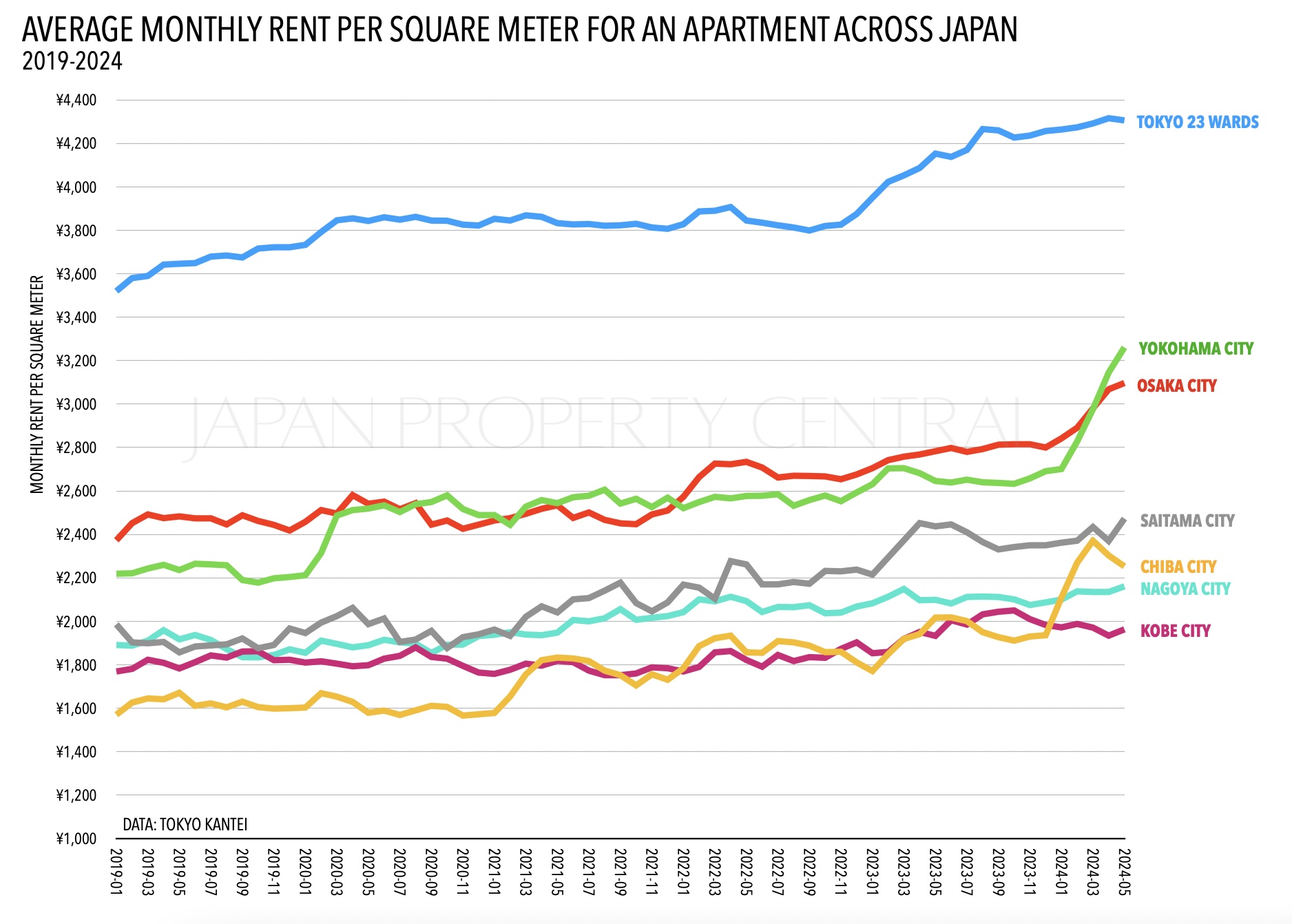assemble a circuit board assembly services
Designing a circuit board is a meticulous process that requires careful consideration of various factors to ensure optimal functionality, manufacturability, and reliability. Design for circuit board assembly services (DFCBA) encompasses a set of principles and guidelines aimed at optimizing the design of circuit boards for efficient and cost-effective assembly. By adhering to these principles, designers can streamline the assembly process, minimize errors, and maximize the performance of electronic devices.
One of the fundamental principles of circuit board assembly services is component placement optimization. The placement of components on a circuit board directly impacts the efficiency of the assembly process and the overall performance of the device. By strategically arranging components based on factors such as signal integrity, thermal management, and accessibility for assembly, designers can minimize signal interference, improve heat dissipation, and simplify the assembly process.
Another key principle of DFCBA is design for manufacturability (DFM). This involves designing circuit boards with manufacturing considerations in mind to minimize production costs and maximize yields. Designers must consider factors such as component selection, board size, and layer stackup to ensure compatibility with manufacturing processes such as soldering, assembly, and testing. By optimizing designs for manufacturability, designers can reduce the risk of manufacturing defects, improve production efficiency, and shorten time-to-market.

How to assemble a circuit board assembly services
Furthermore, DFCBA emphasizes the importance of design for assembly (DFA). This involves simplifying the assembly process by minimizing the number of components, reducing the complexity of assembly steps, and optimizing the use of automation. Designers must consider factors such as component orientation, polarity, and spacing to facilitate automated assembly techniques such as surface mount technology (SMT) or through-hole technology (THT). By designing for ease of assembly, designers can reduce labor costs, minimize assembly errors, and improve overall product quality.
Additionally, DFCBA encompasses design for testability (DFT). This involves designing circuit boards with built-in features and test points to facilitate testing and troubleshooting during production and assembly. Designers must incorporate features such as test pads, test points, and boundary scan registers to enable comprehensive testing of circuit functionality, connectivity, and performance. By designing for testability, designers can reduce the time and cost of testing, improve fault detection, and enhance product reliability.
Moreover, DFCBA includes considerations for reliability and robustness. Designers must select materials and components that can withstand environmental stresses such as temperature extremes, moisture, and mechanical shock. Additionally, designers must incorporate design features such as proper grounding, EMI shielding, and conformal coating to protect against electromagnetic interference (EMI) and environmental contaminants. By designing for reliability and robustness, designers can ensure the longevity and durability of electronic devices in various operating conditions.
In conclusion, design for circuit board assembly services (DFCBA) encompasses a set of principles and guidelines aimed at optimizing the design of circuit boards for efficient and cost-effective assembly. By adhering to principles such as component placement optimization, design for manufacturability (DFM), design for assembly (DFA), design for testability (DFT), and considerations for reliability and robustness, designers can streamline the assembly process, minimize errors, and maximize the performance and reliability of electronic devices. As the demand for smaller, faster, and more reliable electronic devices continues to grow, DFCBA will remain a critical aspect of circuit board design for years to come.













+ There are no comments
Add yours